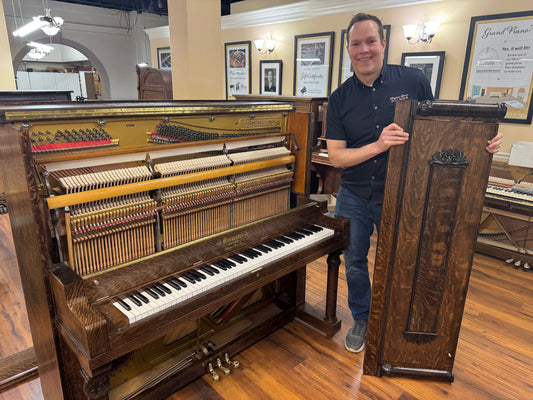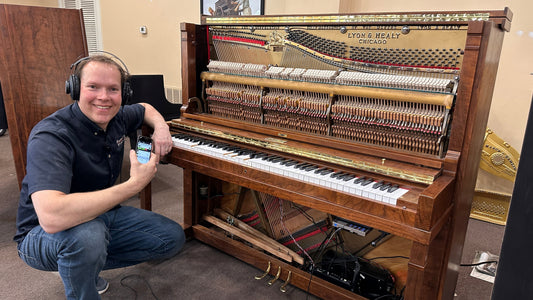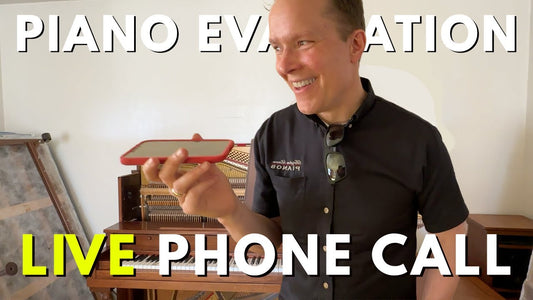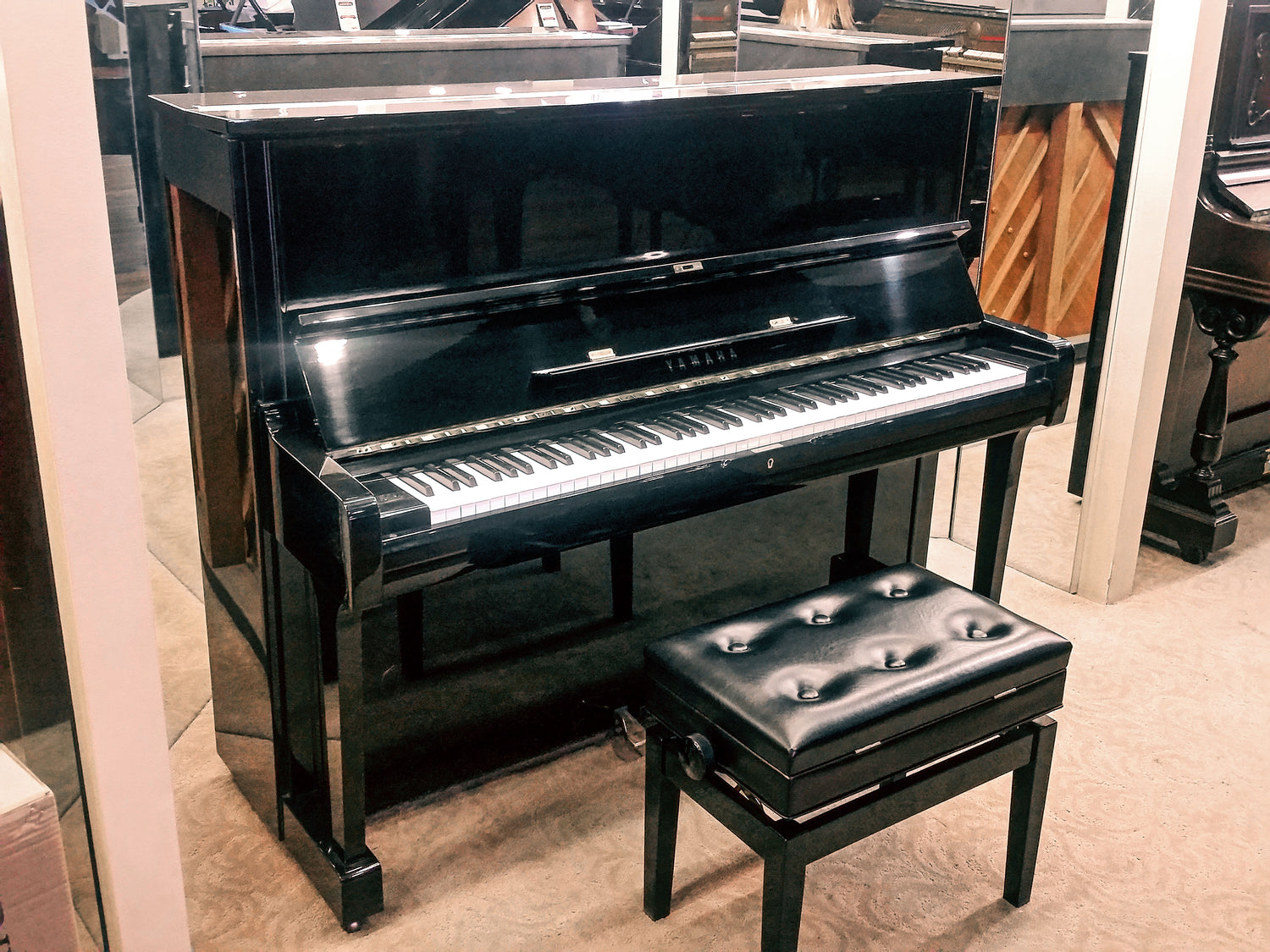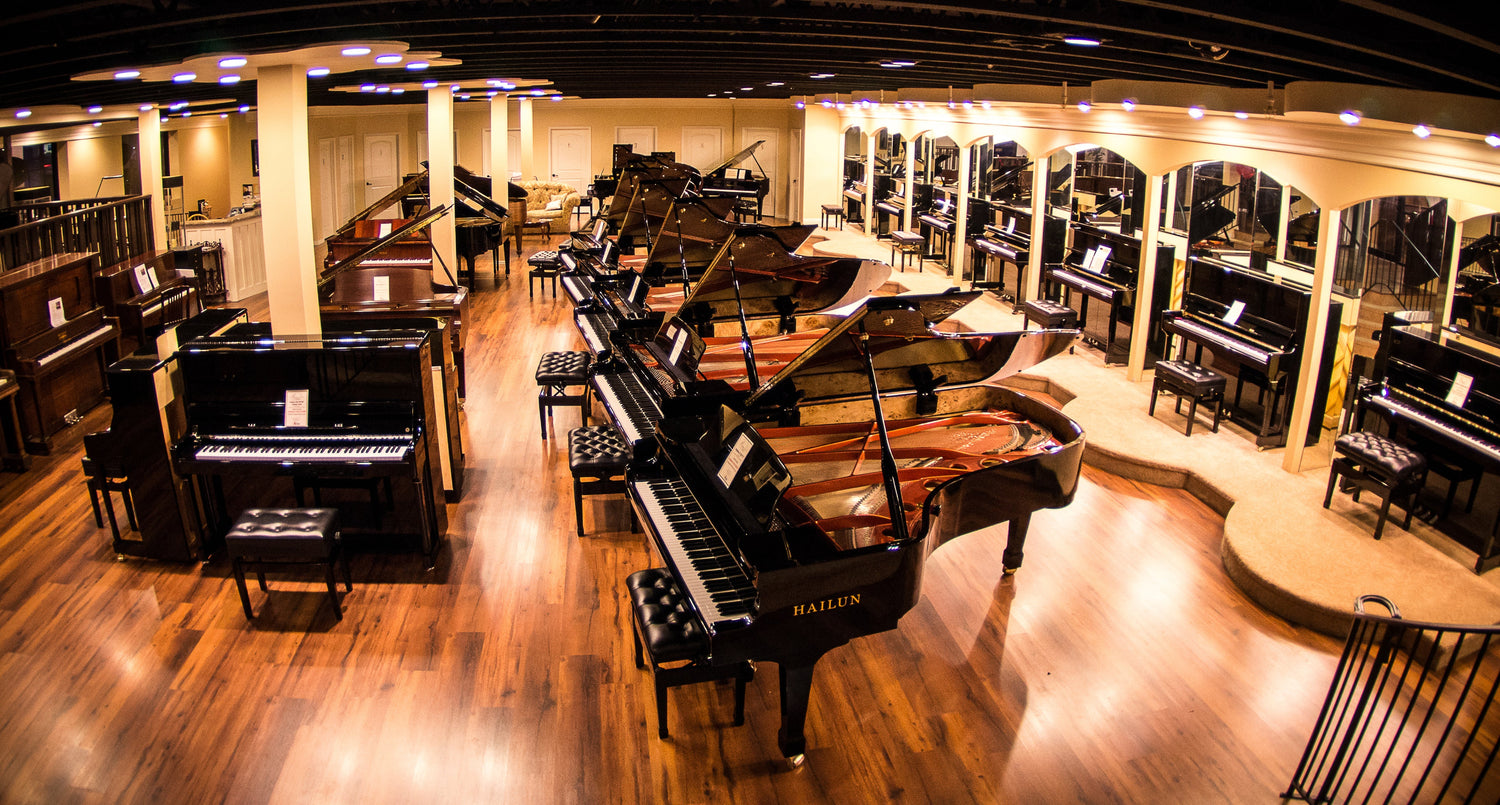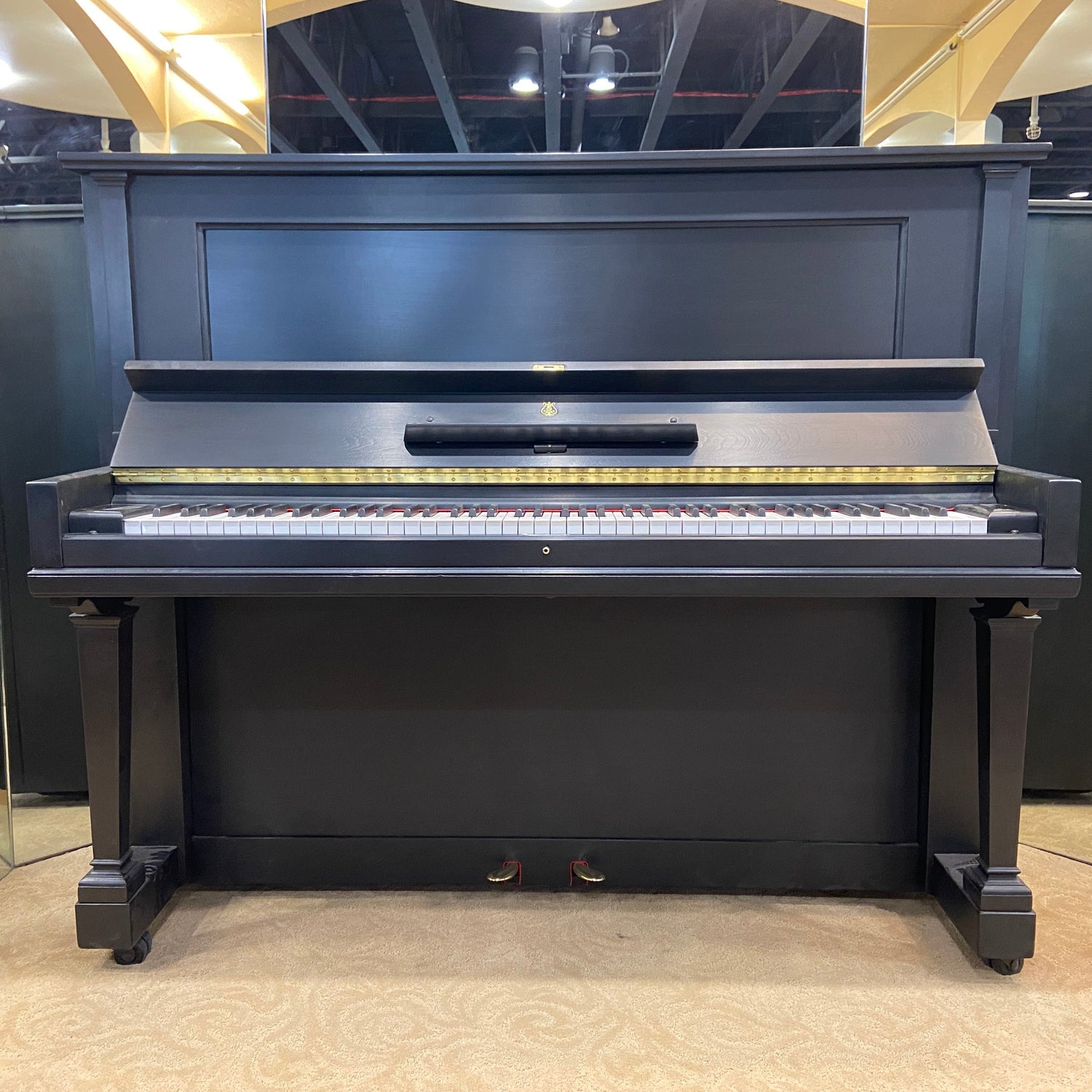
Overcoming Obstacles in Piano Practice
Karmel LarsonShare
Sometimes students feel, validly, that they simply cannot practice. This can be for a number of reasons. Not having time is a huge one. Others are losing books or being apart from our home piano. Overcoming obstacles like this can seem impossible! But you might have more options than you think when it comes to some of these common roadblocks.
Roadblock #1: Not having time
We all know kids who go to school for eight hours and come home to not only homework, but three different extracurricular activities to worry about. How could those kids possibly practice? While an hour a day may not be possible, here are some ideas:
1. Find a time that works better. It could be in the morning before school. Perhaps parents would allow for practice instead of helping with dishes on days with soccer practice. It could happen right before getting ready for bed.
2. Even if you can’t get an hour, do as much as you can. At the Utah Piano Conservatory, students have three different rooms, Solo (repertoire), Hymn/Technique, and Pass-off (method books) to work from. Picking just one room to practice is better than none! And even just five minutes with material from that room is better than nothing. Students may find that practicing for five minutes at a time actually increases focus, as they try to get more done in less time. Three of those five-minute intervals equals fifteen focused minutes, so practice from at least one room will get done!
Roadblock #2: Losing track of books
We’ve all had times where we misplace our piano books, sit down to practice, and realize our music is lost. While unless we have something memorized, there may be no way to get normal practice in, we can still review key concepts. Think back to what your main focus was on in your solo piece or method book in the last lesson. Was it curved fingers? posture? staying with the metronome?
One thing to help practice happen and still focus on those key concepts is to make up a song using what the focus was. Maybe you’ll play random notes with all curved fingers. Maybe you’ll play on all white notes with impeccable posture. Maybe you’ll play chords in C major to a metronome marking of 96, making sure that you stay with the pulse the entire time. While these can’t fully take the place of regular practice, they can help our fingers from backtracking and give us a creative way to use what we’re learning in lessons.
Roadblock #3: Not having a piano
Of course, to be in piano lessons, we do need to have a piano with weighted keys–piano is much more than playing notes, so an iPad app with a clickable keyboard won’t get the job done. For a temporary fix, however, there is a way to practice without a piano: mentally. Because imagination is limitless, mental practice can incorporate more than just notes; it can contain dynamics, finding the sound we want, even contribute to muscle memory when done properly. One way to do this is picturing a piano in your mind and “feeling” yourself seated and relaxed at that piano, then visualize yourself playing the notes and how playing those notes feels.
Another possibility is to look at the music and try to connect where the notes in the music are to where they would be on the piano in your brain. Another is to listen to a recording while imagining yourself performing the piece that flawlessly.
As we can see, although there are certainly situations that make regular practice difficult or impossible, some type of practice can still be implemented. Students who sacrifice a bit of their free time to work practice into their schedule no matter what will not only reap the benefits pianistically, but learn the valuable life skill of overcoming obstacles.

